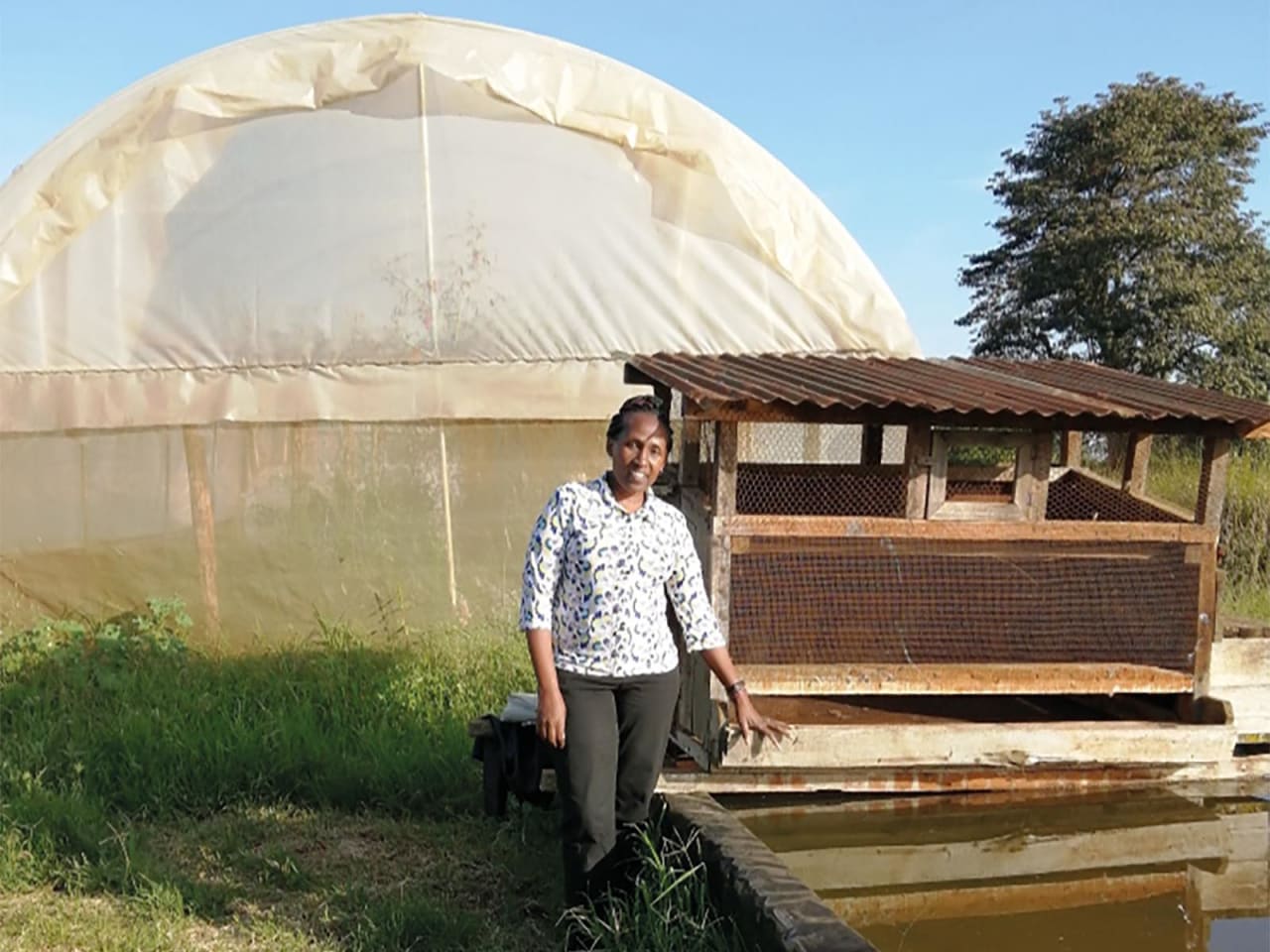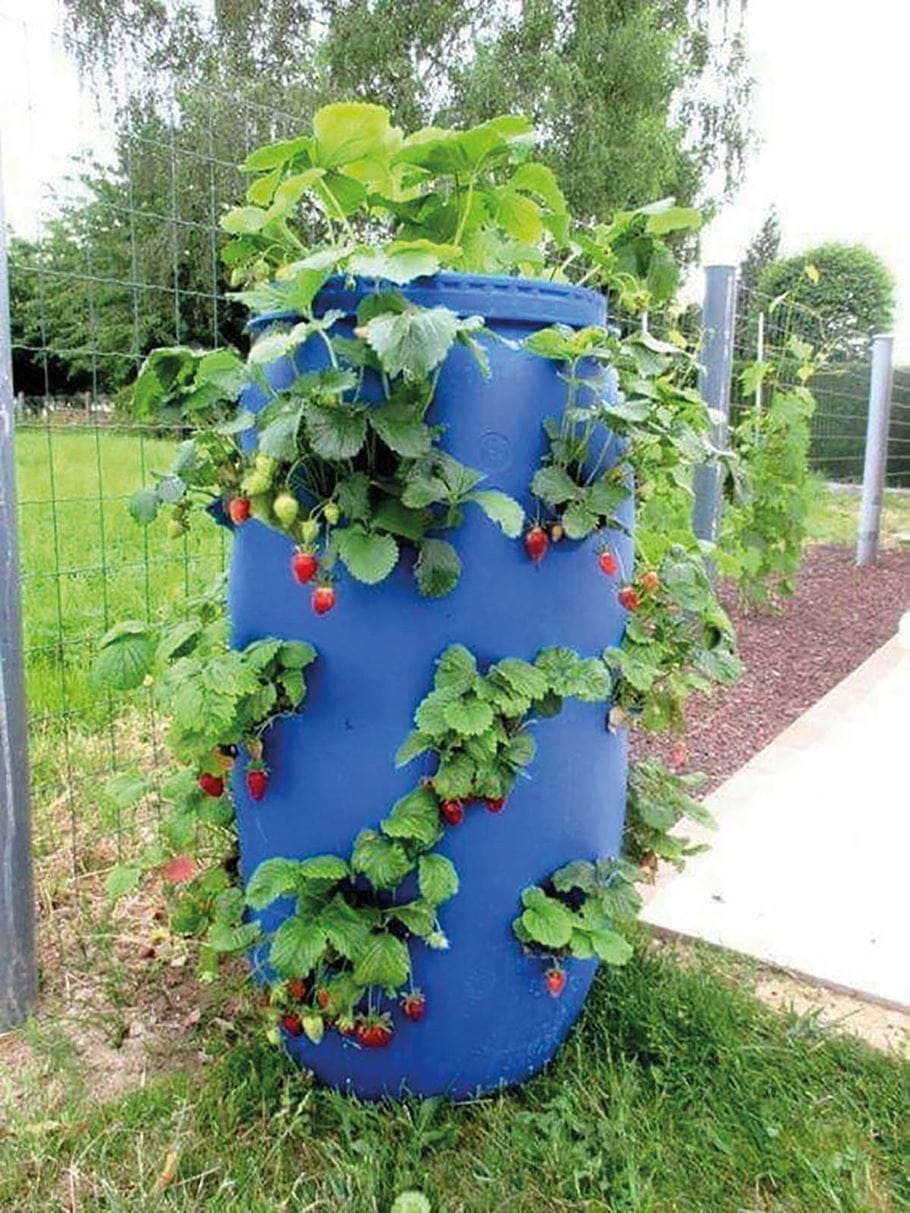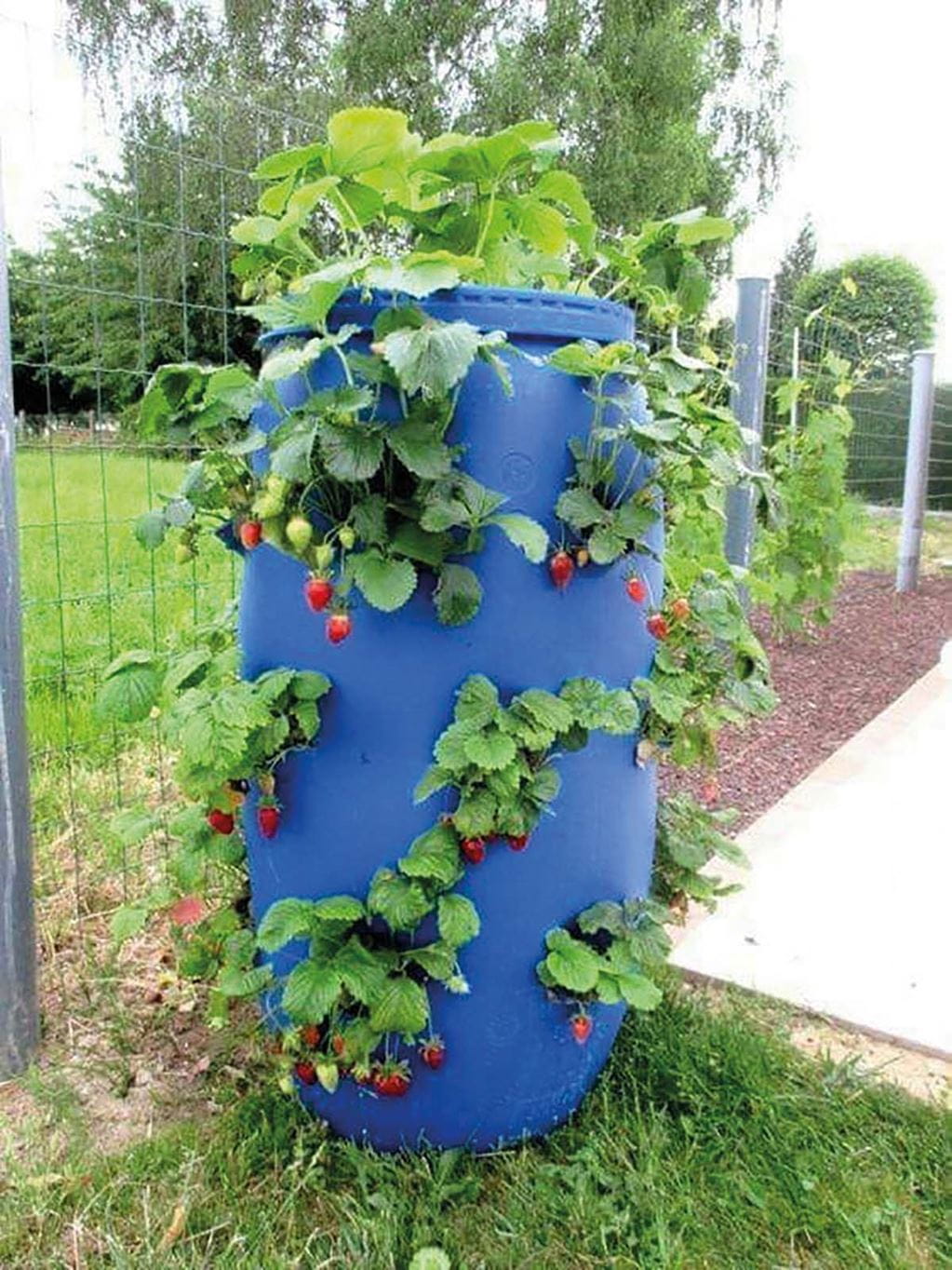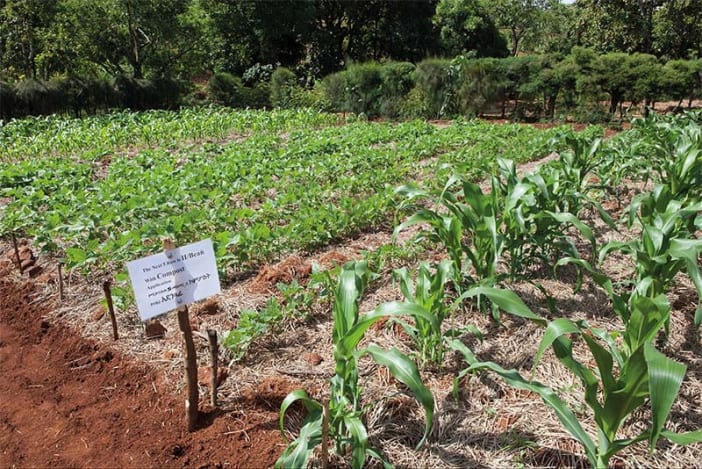What is hydroponics?
Hydroponics is the practice of growing plants without soil. The plants can be grown in a nutrient-rich solution, or in a disease-free substance such as sand, gravel or coconut fibre, watered with nutrient solution.
What are the benefits?
First of all, fertile land is not needed to grow crops hydroponically. Crops can be grown anywhere – inside and out – in a much smaller space than traditional farming. The environment is more controlled so there are fewer weeds and a lower risk of pests and diseases.
With the proper set-up, plants will grow and mature more quickly than if they are grown in soil. This is because the plants do not have to work as hard to obtain the nutrients they need to grow. Their exact needs are met so they can concentrate on leaf and stem growth instead of spending energy expanding their root systems. Fodder for livestock can also be grown quickly using hydroponics, reducing pressure on grazing land.
Water is recirculated so less is used and none is wasted. Where farmers have greenhouses, water can be collected and used from the roof.
Are there any disadvantages?
The biggest challenge is the cost. Quite a lot of equipment is needed to create a large-scale hydroponics system: containers, pumps, lighting, nutrients etc. However, there are small-scale, cheaper options.










